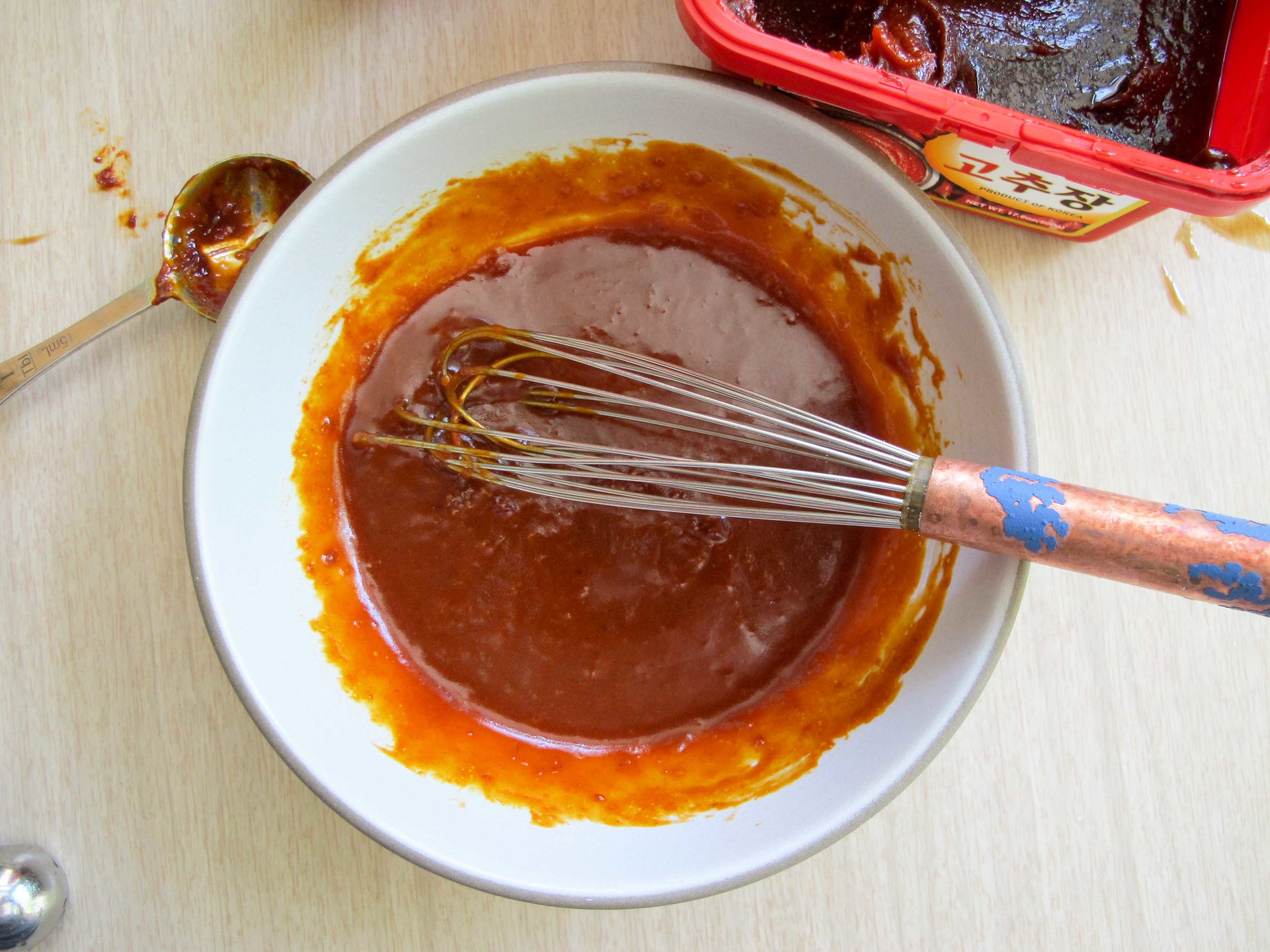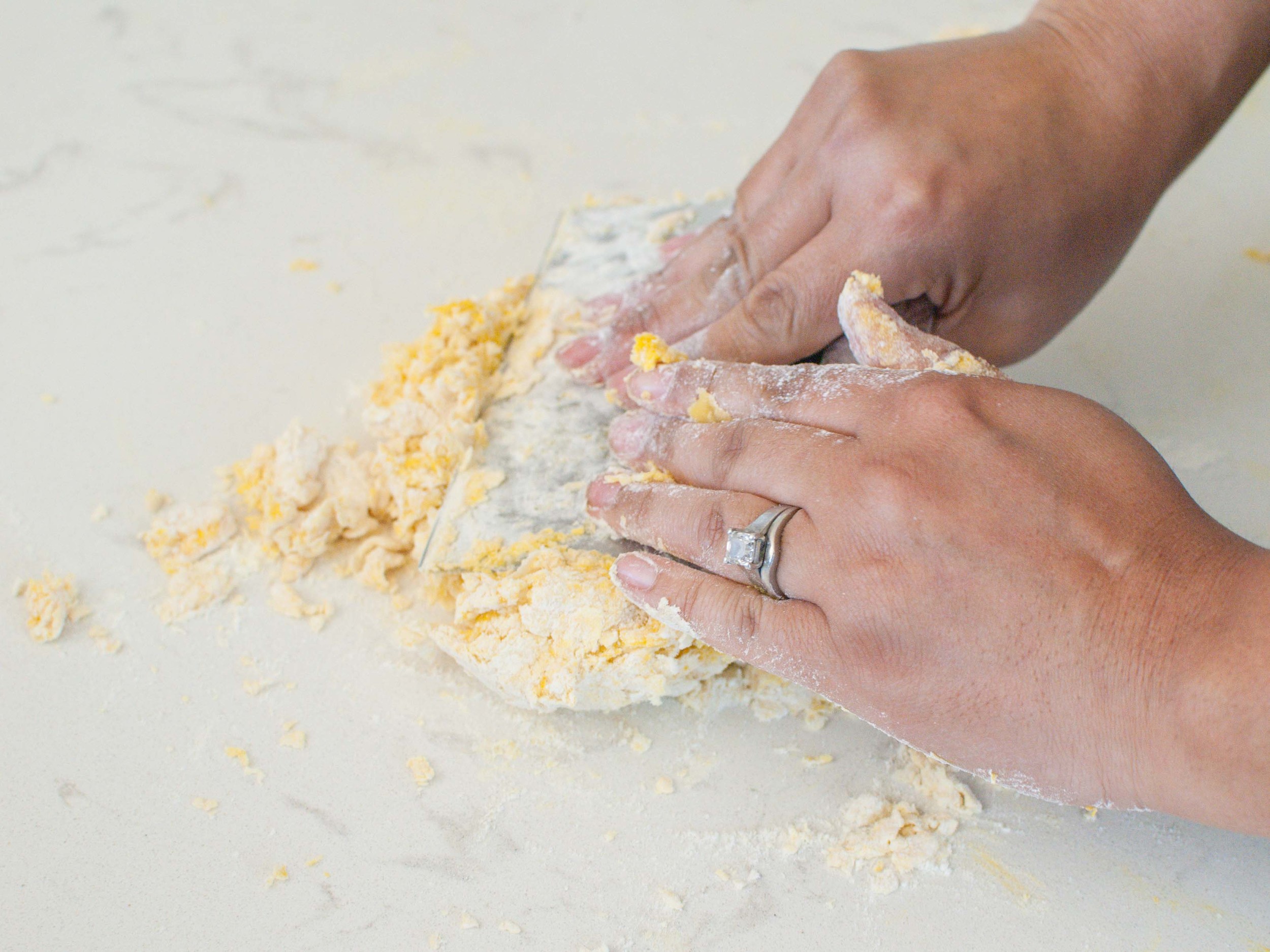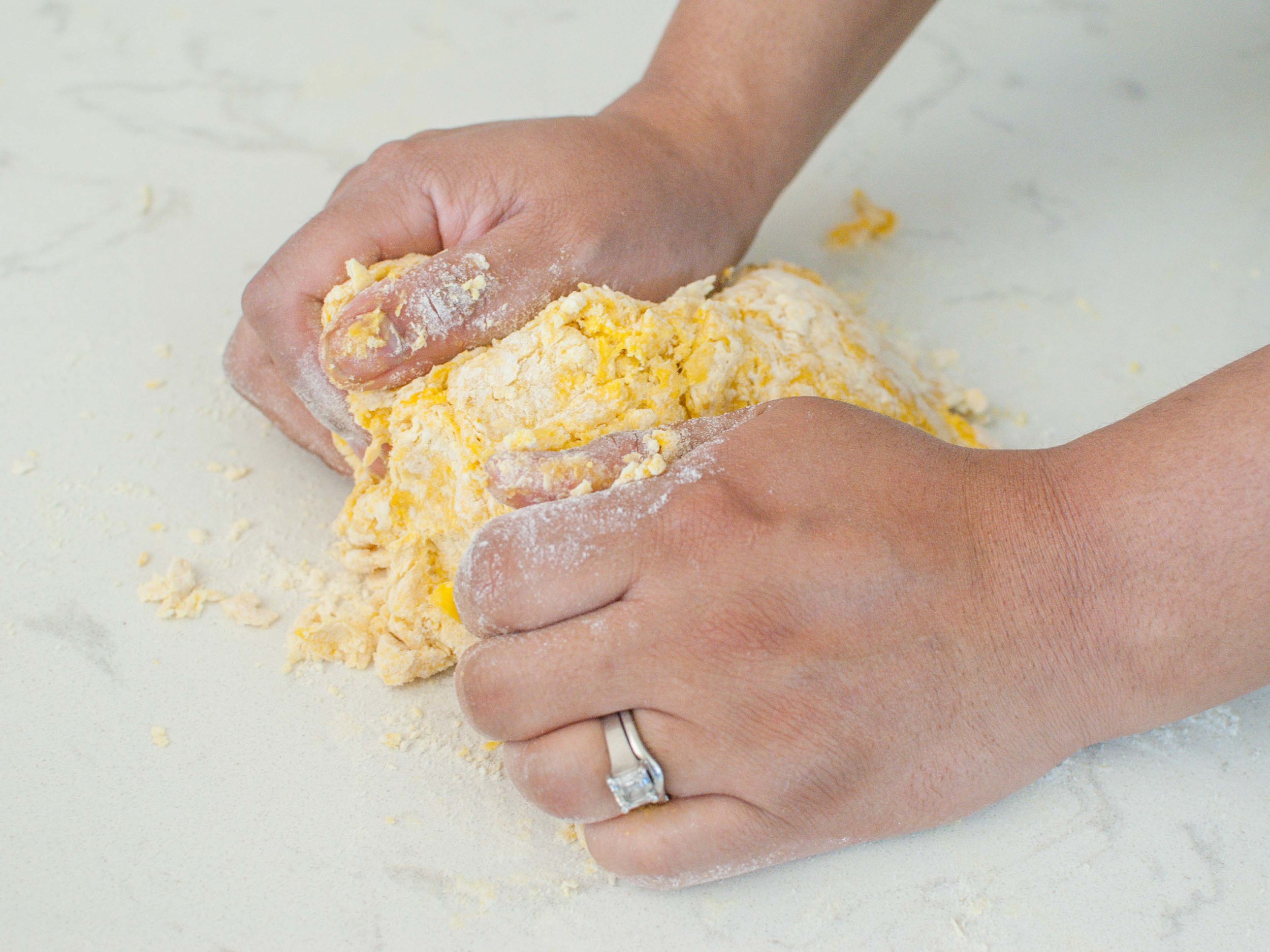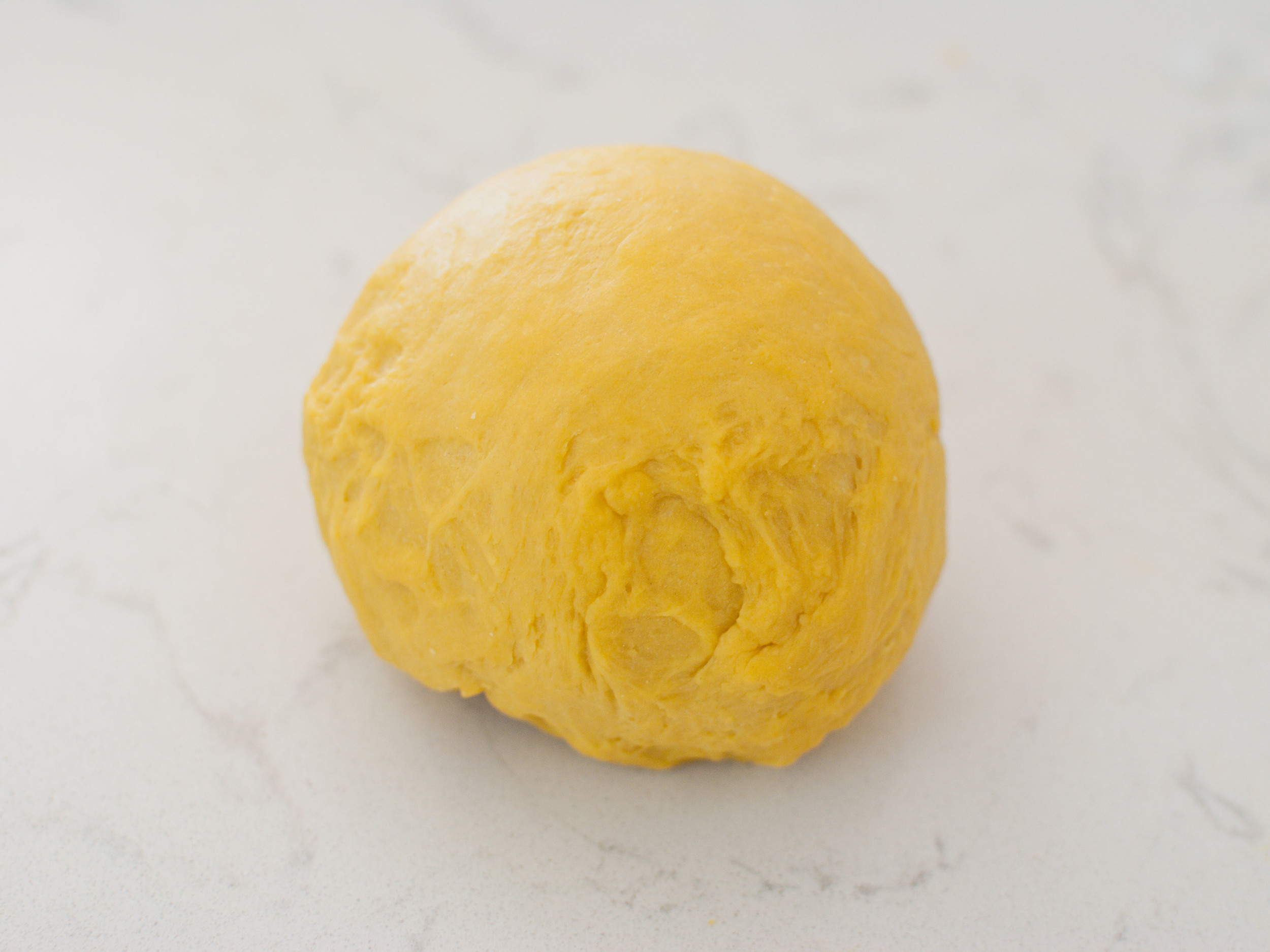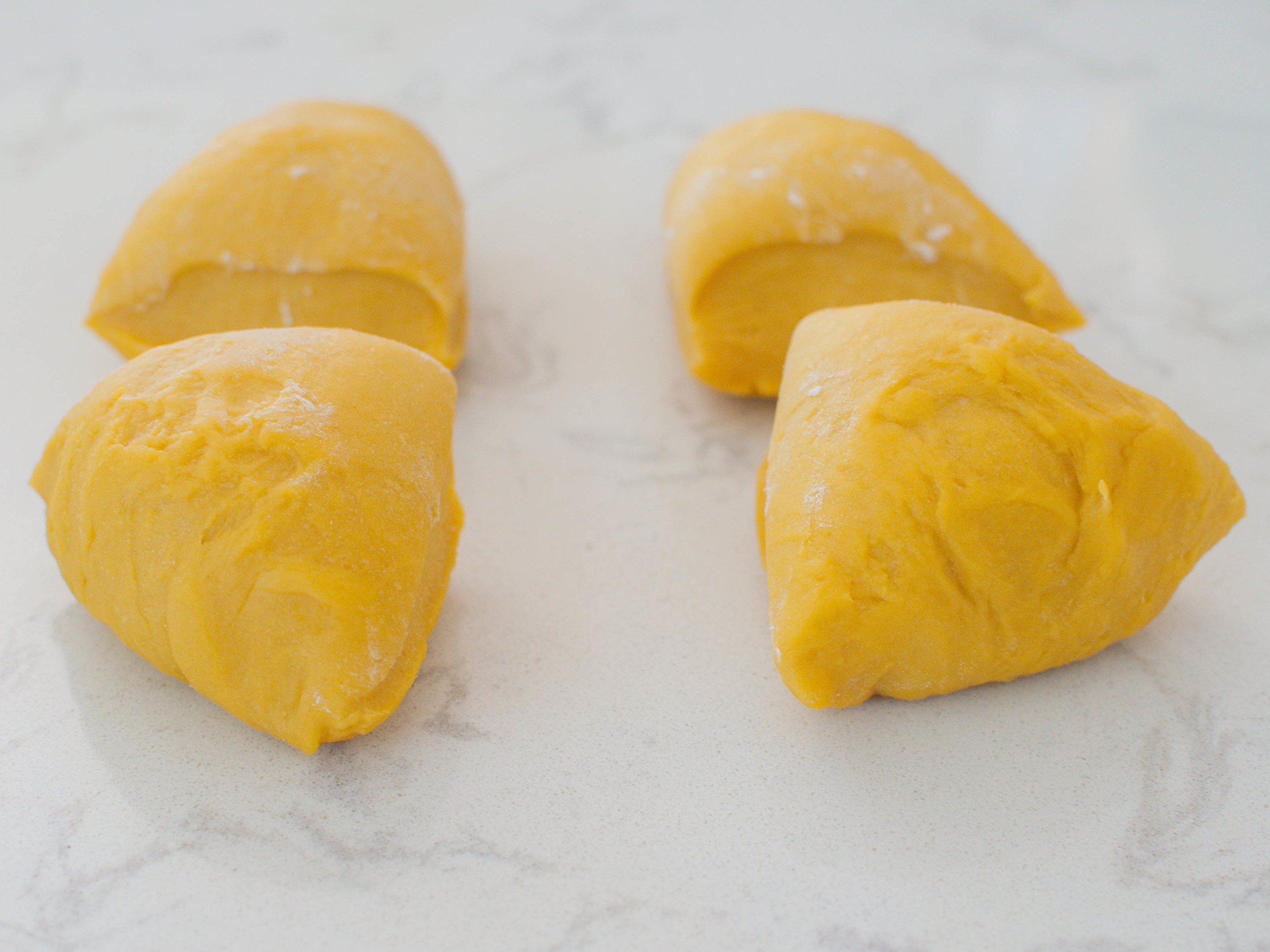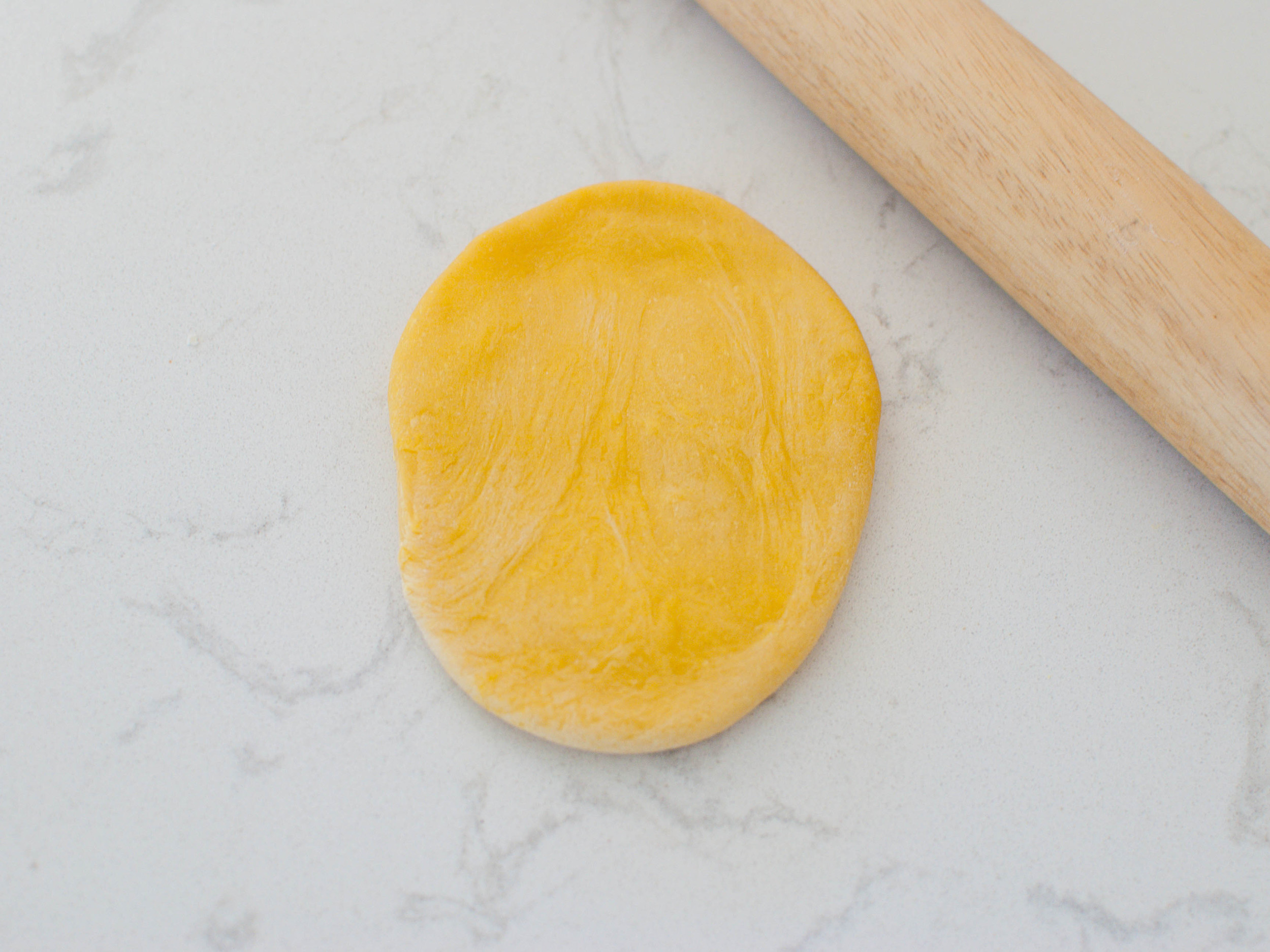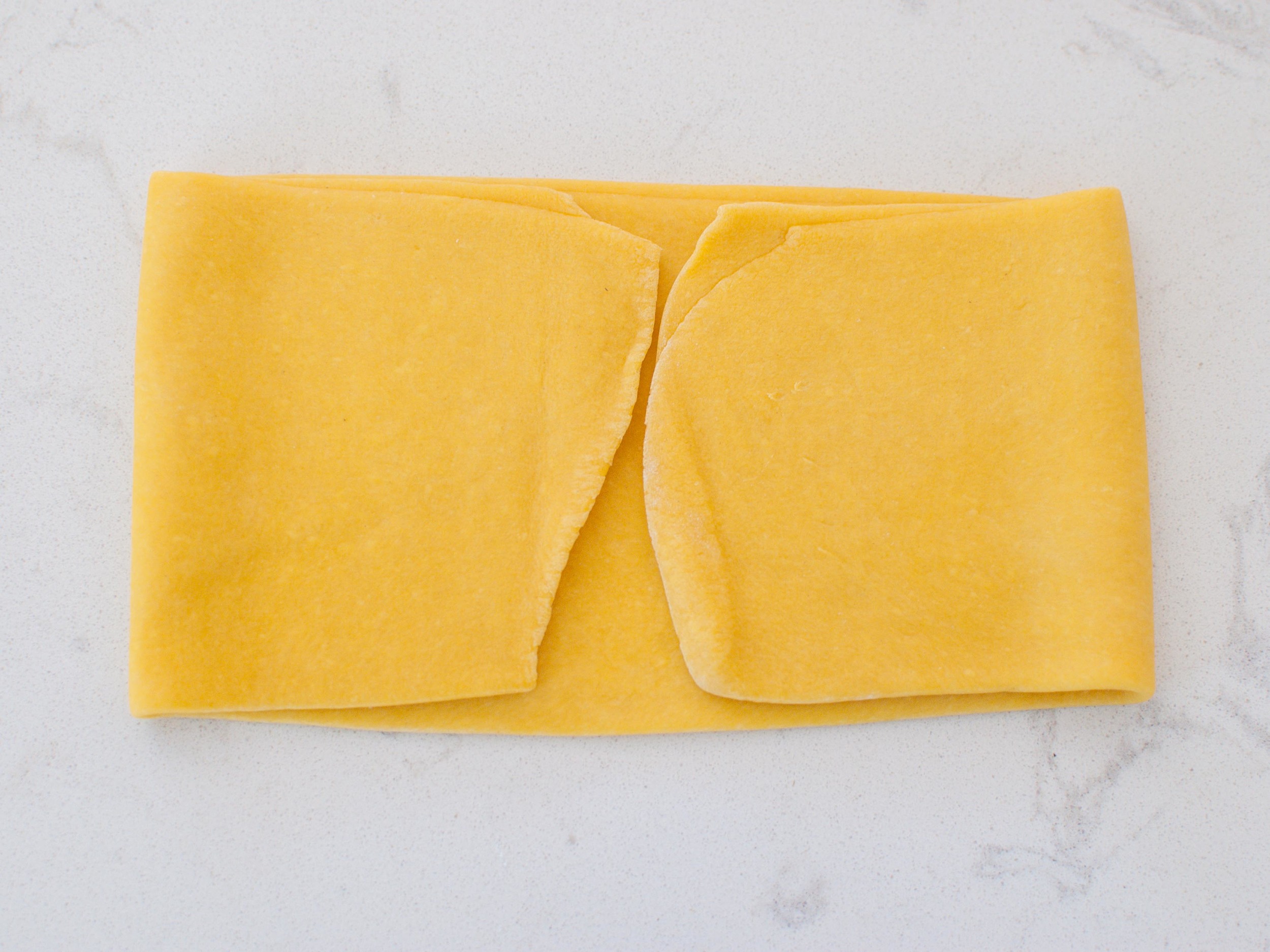I love the Perfect Bite. Salty, a hint of acid, some sweetness, something crunchy, something soft, and a little chew all comprised of vegetables, carbs and protein. This is why I love sandwiches, loaded nachos, burritos or rice salads! Last week, I shared Ottolenghi's Rice Salad with Nuts and Sour Cherries. Similar to that recipe, bi bim bap (translated from Korean it means "mixed rice") has multiple facets, steps, and ingredients that come together to make a delicious bowl of food. The cold vegetables temper the steaming hot rice and beef, which is bound by a luscious and sticky egg yolk. Each heaping spoonful is balance of cold, hot, crunch, soft, sweet, salt and heat. This dish may take a bit of preparation and organization, but don't let that dissuade you from making it! I like to make bi bim bap in large quantities as it stores well in the fridge for a few days. It can then be thrown together from the fridge in the amount of time that it takes you to fry an egg.
Notes: In this recipe I am using and preparing very common vegetables to make a delicious bi bim bap (Korean mixed rice). But to make your own, the vegetable world is your oyster. You can include: sautéed mushrooms, lightly pickled radish, or kale instead of spinach . . . the possibilities are endless! The beauty of this dish is it's inherent flexibility. When storing the different vegetables, it's best to store each vegetable by itself. This way, when you go to make a bowl from the fridge, the vegetables keep their individual characteristics even when they are eventually mixed together. My mom always reminds me to not aggressively season the vegetables, so I'm going to tell you the same thing. This dish is most harmonious when the vegetables are a tad under seasoned to delicately balance the rich egg yolk, spicy sauce and flavorful beef.
Additionally, the bi bim bap sauce recipe I've shared is a versatile sweet and spicy condiment that is delicious and addictive. It's sweeter and less acidic than sriracha, making it a great addition to your hot sauce arsenal. Gochujang, used in the bi bim bap sauce recipe, is a Korean fermented chili paste (kind of like a spicy miso paste), that can be found in the refrigerated section of most Asian supermarkets.
Read More: The Shared Bi Bim Bap
Serves: 4
Time: 1 hour
For the Marinated Beef
1 pound ground beef
4 garlic cloves
1/2 yellow onion
1" piece of peeled ginger
6 tablespoons soy sauce
1 tablespoon roasted sesame oil
1 tablespoon vegetable oil
3 tablespoon light brown sugar or honey
1 teaspoon black pepper
1 teaspoon kosher salt
Combine all of the ingredients in a blender or food processor and liquify. Place beef in a large bowl and add marinade, combining until well incorporated. Cover and keep in the refrigerator until ready to cook. Marinate for at least 30 minutes up to 2 hours.
Bi Bim Bap Sauce (fermented red pepper paste sauce)
2 tablespoons gochujang (Korean chile paste, found in most Asian markets)
1 teaspoon kosher salt
1 tablespoon rice vinegar
2 cloves garlic, minced
1 tablespoon toasted sesame seeds
2 tsp honey
1 teaspoon sesame oil
Combine all of the ingredients in a medium bowl, whisk to combine, taste to adjust seasoning and set aside.
For the Bi Bim Bap
2 medium zucchini, julienned
12 oz mung bean sprouts
3 carrots, julienned
2 small bunches of spinach (standard size, not baby), washed with root ends trimmed
3 tablespoons sesame seed oil
1 tablespoon vegetable oil
Pinch of sugar
3 teaspoons kosher salt (divided)
2 teaspoons crushed garlic (divided)
To Serve
4 cups of prepared rice (short grain white rice is traditional, but brown rice would be delicious, too!)
4 eggs
Bi Bim Bap Sauce (recipe above)
Marinated Beef (recipe above)
Bring a large pot of water to a boil. Place julienned zucchini in the boiling water for about one minute until cooked through. Remove the zucchini (delicately with tongs or a strainer) and plunge it into an ice bath. Remove, strain well and set the zucchini aside in a small bowl. Dress with 1 heaping teaspoon of kosher salt and 1 tablespoon of sesame seed oil. Taste and adjust seasoning.
In the same boiling water, place mung bean sprouts in the water for 3-5 minutes until just translucent and limp. Remove the mung bean sprouts and plunge into the previously used ice bath. Remove, strain and squeeze sprouts of excess liquid, and set the mung bean sprouts aside in a small bowl. Dress with 1 heaping teaspoon of kosher salt, 1 tablespoon of sesame seed oil and 1 teaspoon of crushed garlic. Taste and adjust seasoning.
Refresh the ice bath. In the pot of boiling water, place carrots in the boiling water for 1 minute until cooked through and limp. Remove the carrots and plunge into the ice bath. Remove, strain very well and set the carrots aside in a small bowl. Dress with 1 teaspoon of kosher salt, a pinch of sugar, 1/4 teaspoon of black pepper, and 1 tablespoon vegetable oil. Taste and adjust seasoning.
Clean spinach of dirt and trim the ends. In the pot of boiling water, place spinach in the boiling water for 1 minute until cooked through and the stems are tender. Remove the spinach and plunge into the previously used ice bath. Remove, strain well (pressing out any additional liquid) and set the spinach aside in a bowl. Dress with 1 heaping teaspoon of kosher salt, 1 tablespoon sesame seed oil and 1 teaspoon crushed garlic. Taste and adjust seasoning. A note on spinach: I would not recommend using bagged baby spinach - it doesn't cook the same as large bunch spinach, and it doesn't hold up well during the final mixing process.
Cook the beef by heating a large skillet on medium-high heat and cook the beef until browned, fragrant, and cooked through. You may have to cook the beef in two batches to avoid overcrowding the pan.
Meanwhile, heat a nonstick pan on medium-high heat and coat with cooking oil. Crack eggs into pan and fry until the whites are opaque and the bottoms of the eggs are crisp and brown.
To Assemble: In a large bowl, scoop 1 cup of fluffed rice into the center. Around the perimeter, arrange 1/4 of each vegetable around the rice, spoon 1/4 of the beef mixture. Top with a fried egg.
Serve the bowl with the spicy Bi Bim Bap sauce on the side and a spoon to eat with. Immediately before eating, mix and toss all of the ingredients in the bowl together: break up the egg white, incorporate the yolk into the rice, while tossing the vegetables together. Dress with sauce and enjoy!






